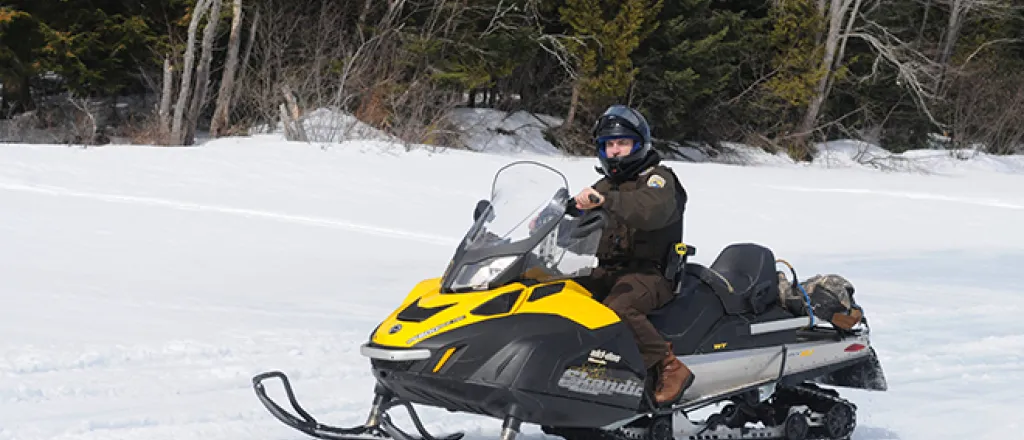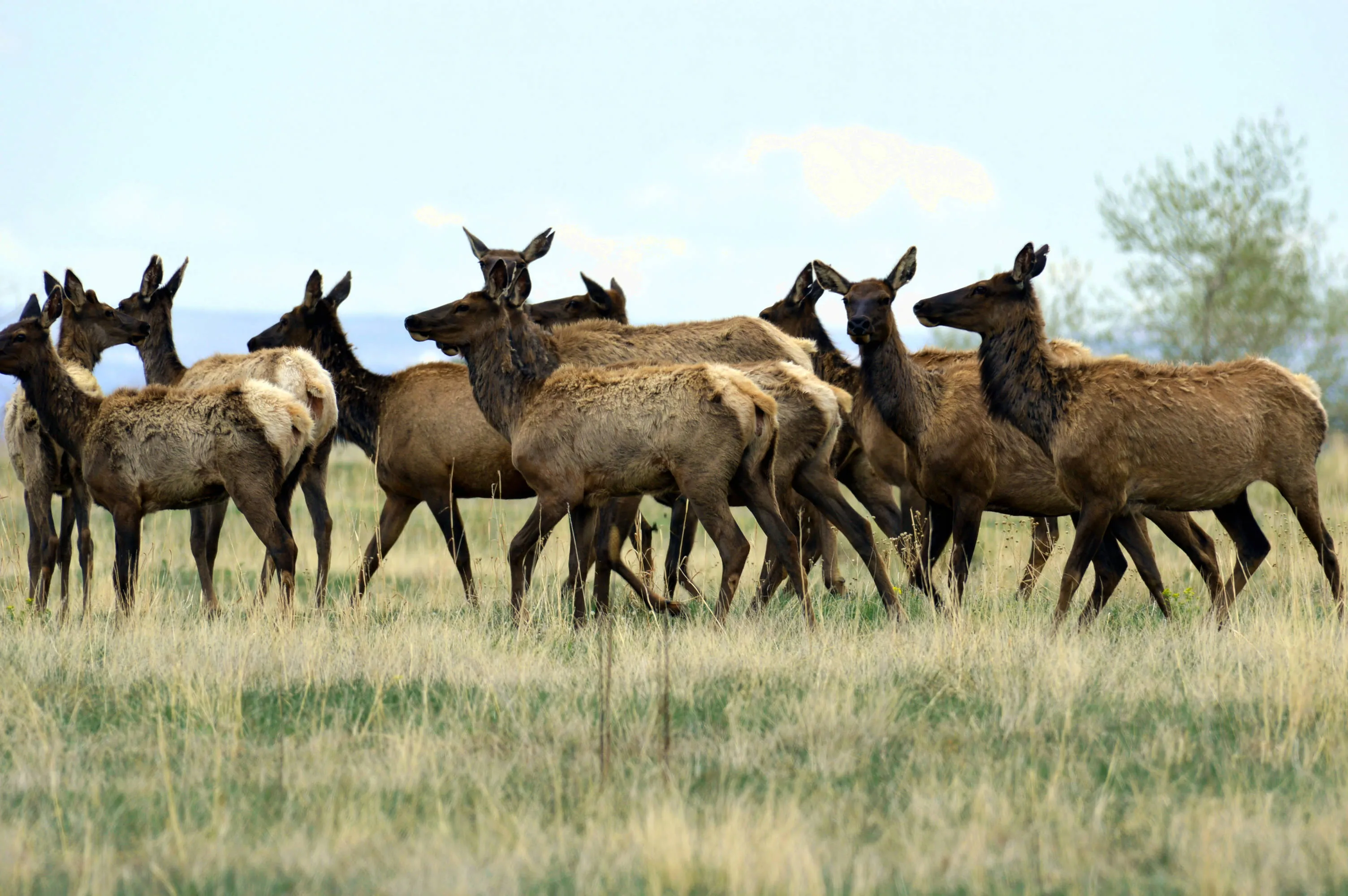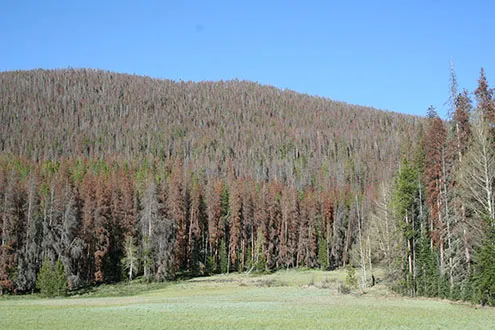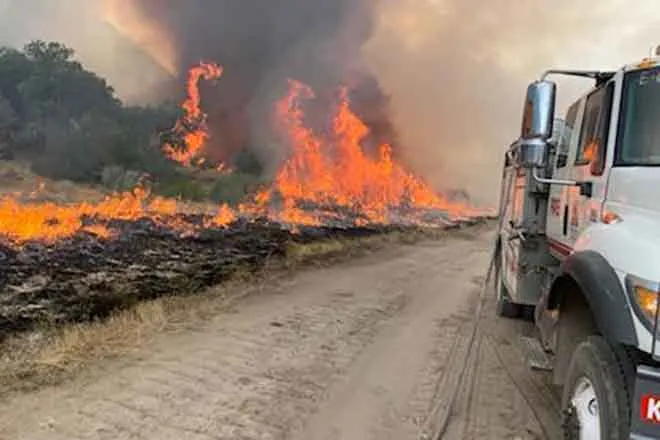
Colorado Parks and Wildlife Observes Snowmobile Safety Week
January 20 - 28 is International Snowmobile Safety Week and Colorado Parks and Wildlife reminds snowmobilers to think safety first when riding the trails this winter. Although Colorado’s weather hasn’t been very cooperative up to this point in the snow season, this designated week still provides an important reminder to ensure that vehicles are properly maintained, riders have the appropriate gear and that all snowmobilers refresh themselves on common sense safety rules.
“Safety is truly the most important part of our sport,” said Gabrielle Smiley, CPW Snowmobile Program Assistant. “Safe snowmobiling includes both preparing your gear and following established rules. Be sure to wear a helmet and adequate clothing, stay on designated trails, and always snowmobile with another person, never alone.”
Basic Snowmobile Safety Includes:
- Ensure your snowmobile is in top-notch mechanical condition not only at the beginning of the winter but throughout the season.
- Wear sensible, protective clothing designed for snowmobiling. Do not wear long scarves or other items that can get caught in the moving parts of the snowmobile.
- Use a full-size helmet, goggles or face shield to prevent injuries from twigs, stones, ice chips and flying debris.
- Know the terrain before you ride. If it is unfamiliar to you ask someone who has traveled over it before. Don't travel on unfamiliar ground at night.
- Be aware of wilderness boundaries and restricted areas. The Colorado Snowmobile Association provides maps of snowmobile areas and groomed trail reports for riders.
- Check the weather forecast and be aware of the ice and snow conditions in the area.
- Be familiar with the thickness of the ice and water currents in the area. Drowning is a preventable cause of snowmobile fatalities.
- Always use the buddy system. Never ride alone.
- Do not pursue domestic or wild animals. Harassing wildlife is a crime; if you see a violation of this rule, report it to the nearest law enforcement officer.
“It also goes without saying that you should follow all laws and regulations when riding as well,” said Smiley. “Have a current registration, report accidents within 48 hours, don’t trespass on private land and never drink alcohol before or while driving.”
Colorado Parks and Wildlife recommends that snowmobilers in or headed to the mountains take an avalanche safety course. Avalanche safety means always carrying shovels, probes and avalanche beacons—and knowing how to use them. Monitoring snow conditions, especially after large snowfalls, big changes in temperature, and high wind events are important in judging the safety of slopes. Updated avalanche forecast maps are available all season from the Colorado Avalanche Information Center to help you know before you go.
Snowmobilers are also asked to be careful and thoughtful about where they are riding. Even with the recent snowstorms, snow cover is still thin in many areas of the state. Riding snowmobiles on thin snow-cover can damage soils, willows and other alpine plants. In addition, low snow poses a safety risk of snowmobiles hitting rocks and logs.
Snowmobile Safety Certification Courses are available through your local snowmobile clubs, the Colorado Snowmobile Association, and Colorado Parks and Wildlife. In addition to safety courses and tips, CPW will contribute over one million dollars this season, working with 27 grooming clubs to help groom nearly 3,000 miles of trails in the state. International Snowmobile Safety Week is organized by the International Snowmobile Manufacturers Association.
Photo courtesy CPW

















